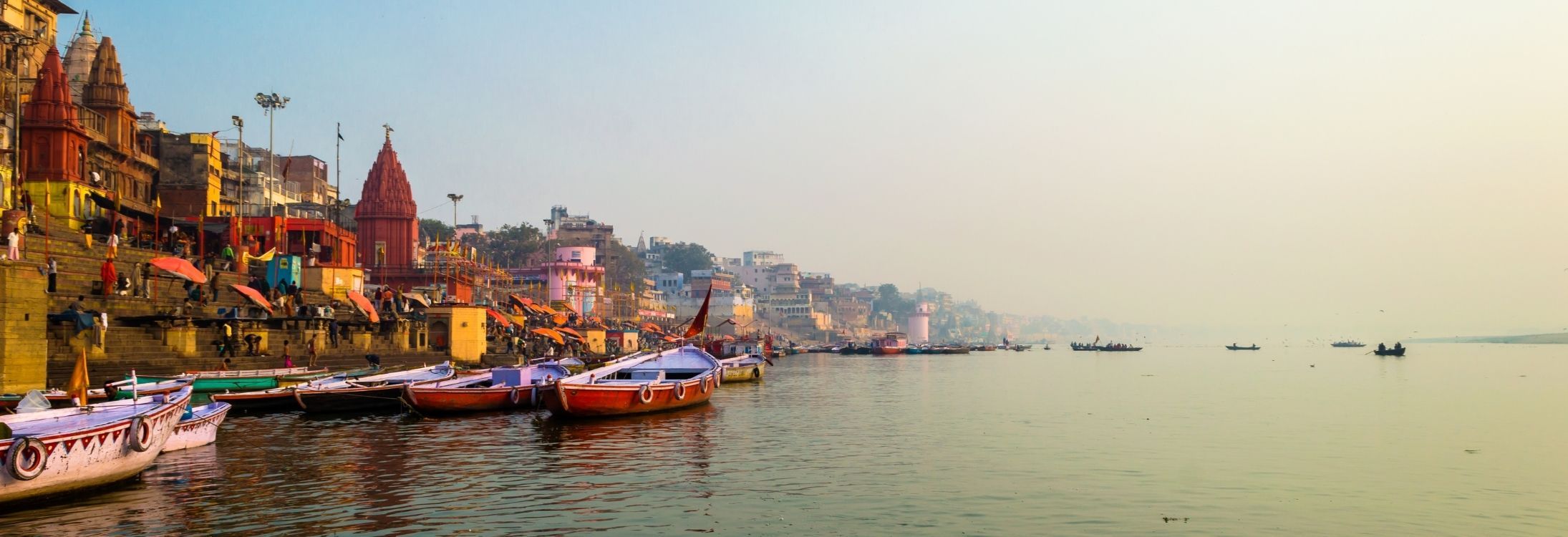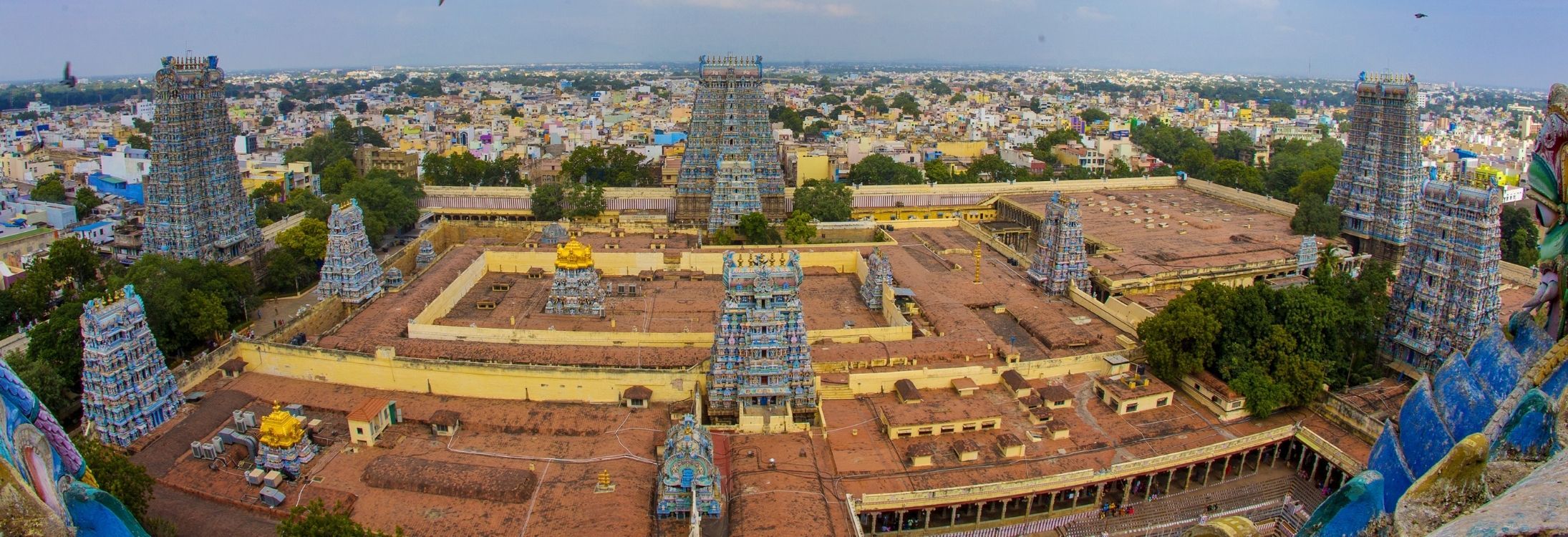“India is not a nation, nor a country. It is a subcontinent of nationalities.”
Varanasi

"Benares is older than history, older than tradition, older even than legend, and looks twice as old as all of them put together." – Mark Twain
Kashi, in the days of yore, was the cradle of Indian Vedic culture. More often than not, the name of Kashi is mentioned throughout our Vedas. The holiest city of all, Varanasi, today is a melodious cacophony of its historical fragments and contemporary existence. Shrinking narrow lanes, squeaky honking of tuk-tuks, betel leaf stained walls and filthy streets are now sadly taking away its charm. However, the past is still very much present, and there’s some enigmatic beauty in its chaos, which can be explored by taking a flight ticket down to Varanasi.
Ujjain

Meandering across the holy river Kshipra, Ujjain was once the political, cultural, and literary center around 600 BC. It was the capital of the Avanti kingdom during the times of Mahabharata. Even today, Ujjain is considered as one of the most important pilgrim spots for Hindus as it plays host to the Simhasta Kumbh Mela that happens once in twelve years. It also has Mahakaleshwar Jyotirlinga temple and Sufi saint, Rumi’s tomb.
Madurai

Legend has it that the sweet nectar or ‘Madhu' that fell from the locks of Lord Shiva blessed the city, giving it its name ‘Madurai’. Much before Chennai professed its power over Tamil Nadu, Madurai had already won over many Tamil hearts for over two millennia. Mentions of Madurai trace back to the 3rd century BC in scriptures written by Megasthenes, the Greek ambassador to India. Moreover, there is some archaeological evidence that trades between Rome and Madurai existed since the 3rd century. Great explorers like Ibn Batuta and Marco Polo have also chronicled this ancient wonder. Madurai, also known as Athens of the East, is today most known for the Meenakshi Amman Temple.
Patna

If you carefully rummage through Patna’s past, you will see the salubrious town of Pataliputra, a 5th-century city that sprawled over the southern coast of Ganges. Pataliputra was once the epicenter of the political, cultural, and educational hub of ancient India. Haryana, Nanda, Mauryan, Shunga, Gupta, and Pala empires have flourished here during their heyday. Patna has also given us scholars like Aryabhata, Panini, Vatsyayana, Chanakya, and Kalidas. Padre ki Haveli, Golghar, and Patna Museum showcase Patna’s magnificent history
Delhi

In a storm of modern madness, Delhi is scattered with love from a motley of great emperors like Ashoka, Prithviraj Chauhan, Muhammad bin Tughluq, and Babar. Believed to have derived its name from the Hindi word ‘dahleez’, meaning entrance, Dilli accepts every visitor from the bottom of its heart, even though it has seen the rise and fall of many empires since 6th century BC. Today, Delhi is not just a city, it is a confetti of human emotions.
Pushkar

Although the actual existence of Pushkar is not known, it is believed to have existed since Ramayana and Mahabharata. Legend of Pushkar’s creation has many myths associated with Lord Brahma. It also boasts of India’s only Brahma temple. Recorded history shows that Pushkar was a favorite of the Mughal rulers. It was later taken over by the Scindias after the eventual decline of the Mughal rule. Today, Pushkar is highly visited by Israelis and is famous for its annual camel fair.
Tanjore

From the rise and fall of India’s greatest empire of Cholas, Tanjore or Thanjavur has seen a lot of dynasties like Pandyas, Vijayanagar Empire, Madurai Nayaks, Thanjavur Nayaks and Marathas and the British Empire. It could be safe to assume that Tanjore has been on earth since 9th century. Today, Thanjavur is an important centre of religion, art, and architecture. Most of the Great Living Chola Temples, which are UNESCO World Heritage Monuments, are located in and around here.
Ayodhya

Thriving along side Sarayu river, Ayodhya is the pious birthplace of Rama, and Ramayana mainly survives in its sacred premises. It was the erstwhile capital of the Kosala dynasty. Ayodhya holds significance for Hindus, Jains, Budhhists and Muslims. The existence of Ayodhya is traced back to 4th-5th centuries, although there hasn’t been an official date on records.
Plan Your Journey Through Ancient India!
Ready to step back in time and explore the living history of India's oldest cities?
- Book your flights to Varanasi, Ujjain, Madurai, Patna, Delhi, Jaipur (for Pushkar), Trichy (for Tanjore), or Ayodhya!
- Explore our captivating India Tour Packages
- Find the perfect hotels
Book Holiday Packages
Dubai Tour Packages | Singapore Tour Packages | Thailand Tour Packages
